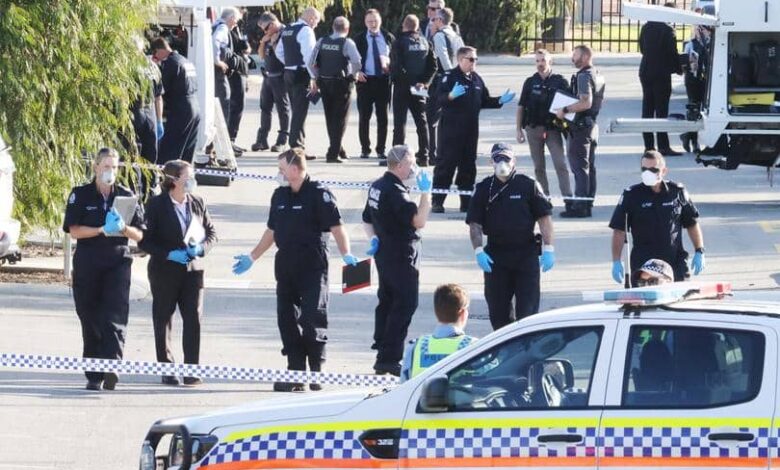
A 15-year-old student brought terror to an Australian school last May in the nation’s first known school shooting. Armed with rifles stolen from home, he unleashed gunfire at the Atlantis Beach Baptist College in Perth.
The shots rang out as students sat in classrooms and teachers worked in their offices. Chaos erupted as terrified kids and staff scrambled under desks or barricaded themselves in cupboards.
Police eventually arrested the teen after he called authorities himself. He said he’d intended to “kill people and myself” but changed his mind, sparing the lives of those cowering inside.
In the weeks prior, warning signs had appeared. The depressed boy, struggling with rumored bullying and undiagnosed autism, researched school shootings online.
The night before, he mentioned his plans to a friend over social media. But the pal dismissed it as another of his empty threats.
The petrified survivors will bear emotional scars, the judge acknowledged. He labeled the boy “very lucky” not to have caused fatalities before sentencing him to juvenile detention.
The incident highlights concerning trends – a troubled teen, access to firearms, and a cry for help missed. While Australia has avoided US-style school shootings, this attack underscores that no nation is immune to Perth, a wake-up call on teenage mental health and gun security.



